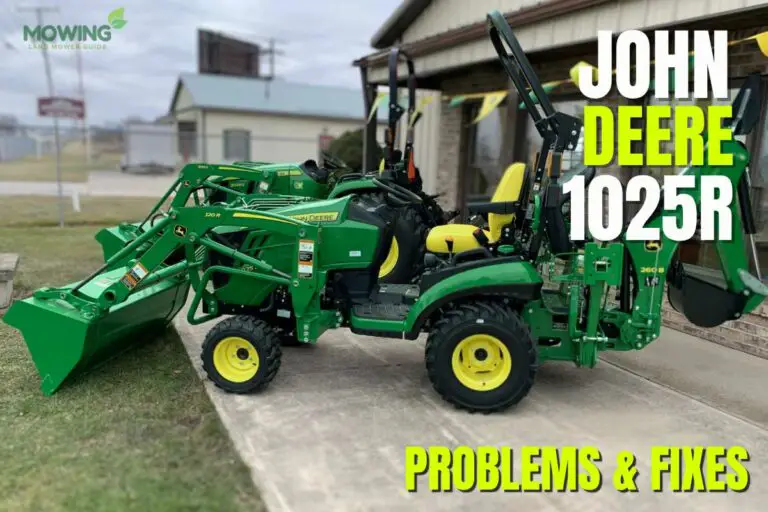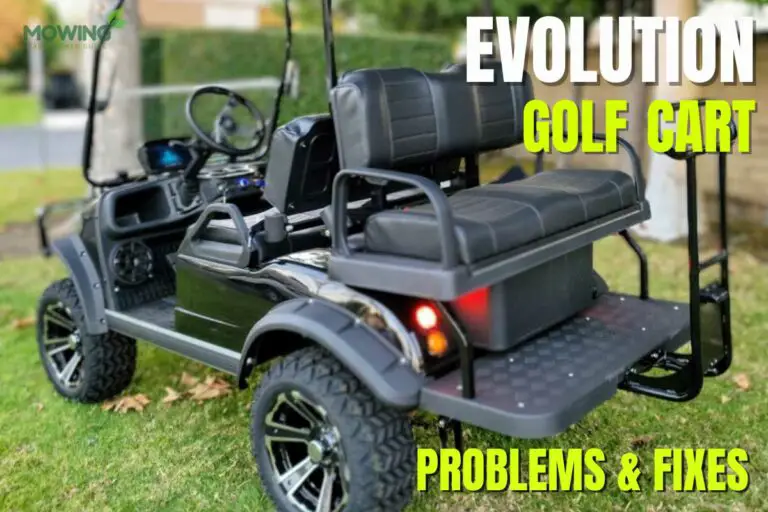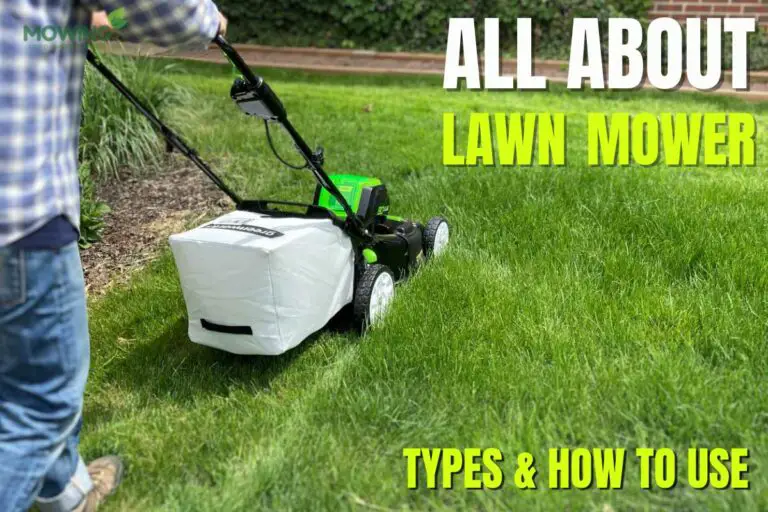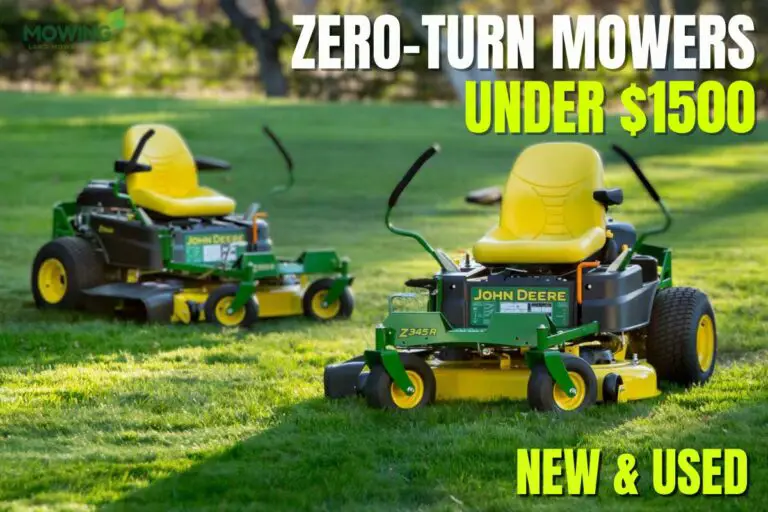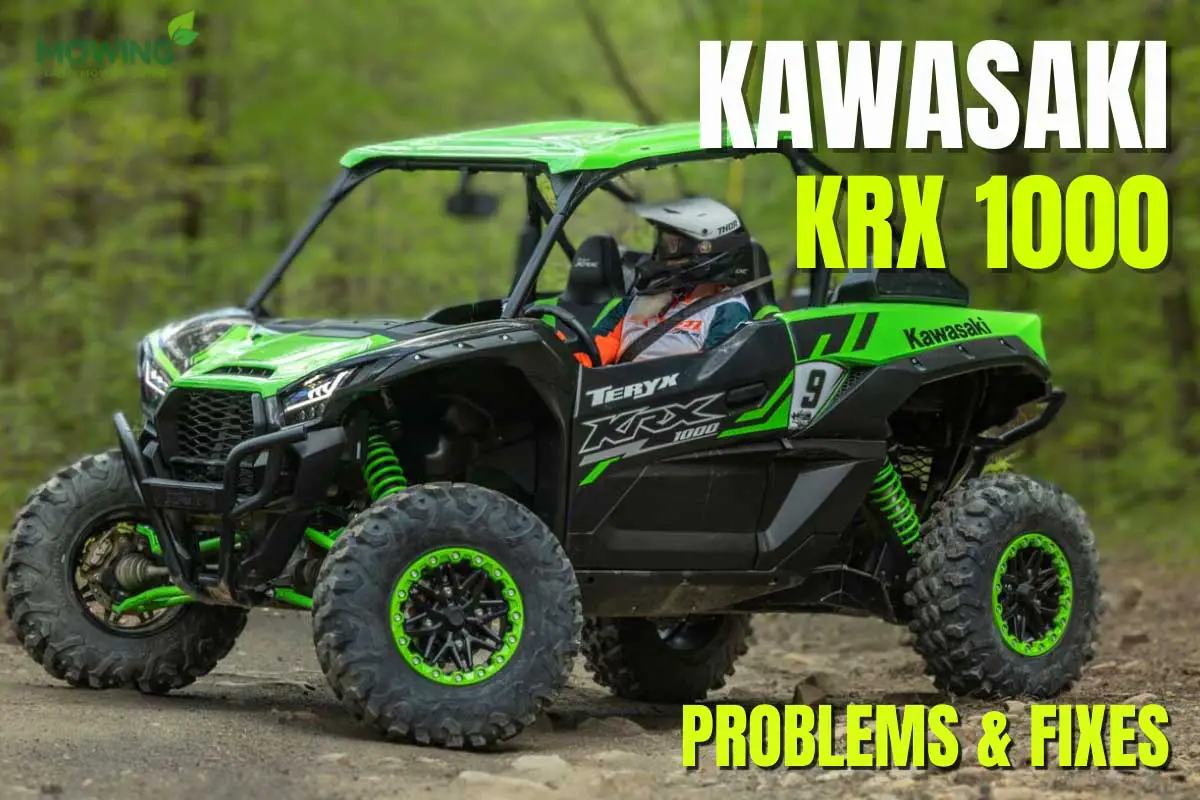
Nothing is better than the Kawasaki KRX 1000 for outdoor enthusiasts to experience the thrill. In fact, it’s a favorite side-by-side for those who like to hit the road at high speed. This heavy-duty off-road vehicle doesn’t compromise on doing that.
As the vehicle is new in the market, only a handful of users know about its pros and cons. If you plan to buy one, you must know about Kawasaki KRX 1000 problems. Let’s discuss more the 2021 KRX 1000 problems you might encounter.
Kawasaki KRX 1000 Problems and Effective Fixes
Kawasaki KRX 1000 comprises a strong build, a powerful engine of 999cc with an engine braking system, adequate ground clearance, etc. However, despite having many notable features, the Kawasaki 1000 also has a few issues.
It can be challenging for beginners to diagnose and troubleshoot Kawasaki KRX 1000 problems. Don’t worry; this article will help you identify and fix issues you may encounter while riding Kawasaki KRX 1000. Let’s get started.
Kawasaki KRX 1000 Clutch Problems
Have you experienced KRX 1000 primary clutch problems like grinding noise while shifting, struggling to change gears, and hard-to-press pedals? Many users have complained about stock clutch issues that result in excessive clutch drag.
Poor traction or pressure and lubrication are to blame for clutch problems. Also, the weight of the clutch and wear-out clutch rollers leads to clutch problems. If the vehicle remains idle for long periods, it increases the wear in the clutch.
How to Fix It?
Read also: Kubota BX2380 Problems and How to Fix Them?
Kawasaki KRX 1000 Overheating Problems
Like Kawasaki TERYX problems, the KRX 1000 is also prone to overheating. The owners of KRX 1000 complain that their vehicle’s engine tends to overheat occasionally.
Steam or smoke in the engine means your vehicle’s engine temperature has exceeded its operating limits. Overloading or overworking the vehicle, clogged radiator, and dirty or low engine oil might be the reasons for overheating.
How to Fix It?
Kawasaki KRX 1000 Drive Belt Problems
The Kawasaki KRX 1000 tends to encounter faulty drive belt errors like Kawasaki TERYX 4 problems. Users have claimed that the belt produces sudden squealing noises while driving upward and downward.
The noise suddenly appears when you ride for around 1000 to 1500 miles. A malfunctioning drive belt is the main culprit here. If you install the belt too tightly or too loosely, it will create a squealing noise.
Also, driving the vehicle for long miles can wear out the belt. You have a faulty belt if you notice noise from the front of the engine, loss of power, overheating, or power steering failure.
How to Fix It?
Read also: Tracker 800SX Problems And Their Solutions
Kawasaki KRX 1000 Spring Sag Problem
When you drive for 300 to 500 miles, the vehicle’s front and rear stock springs start to sag over time. Spring sag will negatively affect the vehicle’s ground clearance and lead to bottoming out during rides.
As a result, the riders tend to get 11 inches instead of 14 inches. In addition, when the stock spring on the vehicle is low-quality, spring sag happens. If you adjust the preload on the springs, this sagging may be offset for a while but will eventually overcome the adjustment.
How to Fix It?
Kawasaki KRX 1000 Faulty Brakes
The brakes on the KRX 1000 can be frustrating if the brake pedals feel stiff or respond slowly. Also, if there are noises from the brake pedals when braking, this denotes the brakes are defective. Worn-out brake pads, dirty brake fluid, leaking braking fluid, and faulty brake lines are to blame for faulty brakes.
How to Fix It?
Axle Caps Coming Loose
Axle caps are small plastic or rubber caps located at the end of each axle, typically in the center of each tire. Users complained that Kawasaki KRX 1000 axle caps are coming loose very quickly. As a result, a few axle caps get missing after the first ride.
Although missing a few axle caps doesn’t make much of a difference, a tire seems unnatural without them. It’s good for the vehicle to have four axle caps on the tires. So, it is better to have axle caps in place.
How to Fix It?
Read also: Cub Cadet Challenger 550 Problems And Fixes
Faulty Fuel Gauge
The Kawasaki KRX 1000 incorporates a bar-style fuel gauge. It shows how much the vehicle has. However, sometimes it gives incorrect readings. For example, the fuel gauge shows 3 bars if you have a full tank. It means the fuel is almost midway.
In short, the fuel gauge fluctuates randomly. Sometimes the design of the fuel sensor has errors. For example, this fuel sensor is supposed to move to the bottom of the fuel tank once the fuel is empty. Unfortunately, it often doesn’t and causes inaccuracy.
How to Fix It?
Noise from the Doors
Another neglected problem of the Kawasaki KRX 1000 is the noise coming from its doors. You may often notice an uncomfortable sound coming from the door. This is because doors can knock on metal frames because there is a space between them.
How to Fix It?
Faulty Cooling Fan Sensors
The engine will likely overheat when there is a fault in the cooling fan sensors. A cooling fan sensor has to be functional to keep the engine cool. The sensors may not become faulty when you ride a few miles. It mostly happens after driving around 3500 miles.
How to Fix It?
Final Thoughts
Kawasaki KRX 1000 is very popular worldwide as it has outperformed its competitors in the market. However, it has many inevitable features as well as many flaws. Thankfully, you can now troubleshoot Kawasaki KRX 1000 problems.
Whichever issues you are struggling with, take the necessary steps to address these problems. So, your sport side-by-side can run quickly and smoothly again. Above all, regular servicing is essential to keep your vehicle in the best state.

